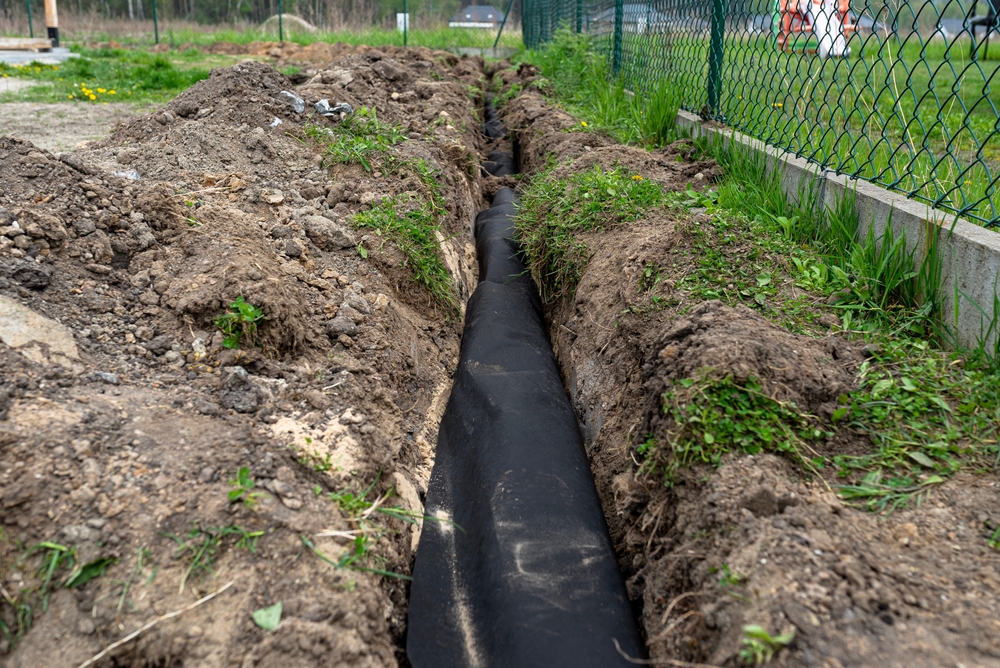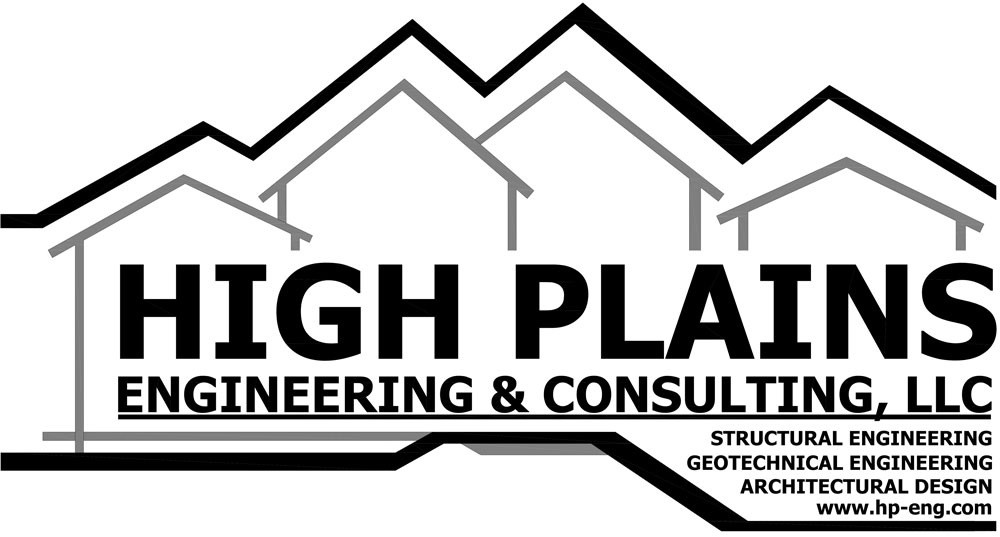
What Are Typical Residential Drainage Standards?
Residential drainage standards are essential for protecting properties, landscapes, and community infrastructure from the damaging effects of uncontrolled water flow. Every home site must be designed with proper stormwater management, lot grading, and erosion control in mind. Without these standards, homes may face flooded basements, unstable foundations, soil erosion, and damage to nearby ecosystems. Understanding how these requirements work and what a typical drainage plan for new construction involves can help homeowners and builders alike avoid costly issues while staying compliant with local codes.
Understanding Residential Drainage Standards
Residential drainage standards provide guidelines for how water should move across a property. These standards ensure that stormwater runoff is directed away from buildings, driveways, and sidewalks toward designated collection points or natural drainage areas. Residential stormwater runoff standards typically define how much water can leave a property and at what rate, so the system does not overwhelm municipal storm drains or neighboring lots.
Site drainage is a critical element in these standards. It involves shaping and grading the land so water flows smoothly toward safe outlets. A common benchmark is to achieve a slope away from the home of at least five percent for the first ten feet around the foundation. This reduces the risk of pooling water that could infiltrate basements or crawl spaces. Local building departments usually enforce these grading and runoff requirements before approving a new home construction project.
Another key element is erosion control. Unchecked water movement can strip away soil, damage vegetation, and deposit sediment into waterways. Standards often require erosion control measures such as silt fences, vegetative cover, or retaining walls to stabilize the ground. These controls not only protect the individual property but also preserve the health of nearby rivers and lakes.
The Role of Stormwater Management
Stormwater management is at the heart of residential drainage standards. Modern communities place significant emphasis on capturing and slowly releasing stormwater rather than letting it rush into sewers and streams unchecked. This helps prevent flooding, reduces pollution, and preserves groundwater recharge.
For residential properties, stormwater management can take many forms. Swales, shallow ditches designed to channel water, are a common feature in suburban neighborhoods. Rain gardens and permeable pavements also serve as effective strategies to reduce runoff by allowing water to soak naturally into the soil. In some areas, drainage standards require that a certain percentage of the lot remain permeable to support natural absorption.
Municipalities also set rules for how stormwater should be handled during new construction. A drainage plan for new construction often must demonstrate how the site will capture, convey, and release runoff without negatively impacting neighboring properties. Engineers design systems that combine grading, drains, culverts, and detention basins to meet these goals. Homeowners looking to modify their property should be aware that changes affecting stormwater management may require review and approval from local authorities.
Lot Grading and Its Impact on Drainage
Lot grading is the process of shaping the land to control the flow of surface water. It is one of the most important aspects of residential drainage standards, as it directly influences how water moves around a property. A properly graded lot directs water away from structures and prevents it from flowing onto adjacent properties, which could create disputes or legal liability.
In practice, lot grading often includes creating gentle slopes, constructing swales, and installing underground drains if necessary. Builders aim to establish a balance between functionality and aesthetics. Too steep of a slope can make landscaping difficult, while too flat of a slope can allow water to stagnate. Residential stormwater runoff standards frequently specify acceptable slope ranges to maintain consistency across developments.
During construction, the grading plan must be carefully followed. Deviations can lead to uneven drainage, erosion, or excessive water accumulation in certain areas. Homeowners may not notice these problems until the first heavy rainstorm, at which point fixing yard drainage issues becomes much more expensive. Proper lot grading not only satisfies regulatory requirements but also ensures long-term stability and usability of outdoor spaces.
Erosion Control and Site Drainage Considerations
Erosion control is closely tied to site drainage and is an integral part of residential drainage standards. Without preventive measures, stormwater can strip away valuable topsoil, undermine foundations, and clog drainage systems with sediment. Builders and homeowners are therefore encouraged, and often required, to implement erosion control strategies.
Vegetation is one of the most effective forms of erosion control. Grass, shrubs, and groundcover plants hold soil in place and absorb water, slowing its movement across the surface. Mulching bare areas or installing geotextiles can further reduce soil displacement during construction or landscaping. In areas with steep slopes, retaining walls or terracing may be necessary to prevent washouts.
Site drainage also includes features such as French drains, catch basins, and sump pumps. These systems capture excess water and direct it to safe discharge points. When combined with lot grading, they provide comprehensive protection against flooding and erosion. Understanding how these systems work together helps homeowners recognize early warning signs, such as standing water or gullies forming in the yard, that indicate the need for repairs or upgrades.
How to Fix Yard Drainage Issues
Even with well-established standards, many homeowners eventually face drainage problems. Heavy clay soils, poor initial grading, or changes to neighboring properties can create challenges that require solutions. Knowing how to fix yard drainage issues begins with identifying the root cause.
If water pools near the foundation, extending downspouts and regrading soil are simple first steps. For larger problems, installing French drains or dry wells may be necessary to capture and disperse runoff. Swales lined with grass or stone can help redirect water while blending naturally with landscaping. In some cases, a professional drainage contractor may be required to design a custom solution that complies with local residential stormwater runoff standards.
Homeowners should also be mindful of erosion control. Adding vegetation, using permeable pavers for walkways, or creating rain gardens can significantly reduce the impact of excess water. Addressing drainage problems promptly prevents damage to structures, protects landscaping investments, and maintains compliance with community drainage regulations.
Conclusion
Residential drainage standards form the backbone of safe, sustainable development in modern communities. By focusing on stormwater management, lot grading, erosion control, and site drainage, these standards protect homes and the environment alike. For new construction, a well-thought-out drainage plan ensures that properties integrate seamlessly with surrounding infrastructure. For existing homes, understanding how to fix yard drainage issues helps preserve property value and safety. Whether designing from the ground up or troubleshooting an established yard, adherence to residential stormwater runoff standards provides peace of mind and long-term resilience.
Need Engineers and Designers in Hudson, CO?
Since 2006, High Plains Engineering & Consulting, LLC has been a civil and structural engineering company in Fort Lupton and the surrounding areas. We provide sensible solutions to geotechnical, structural, environmental, and civil engineering challenges. Our office provides practical expertise backed by diverse design resources to get the job done cost-effectively and efficiently with sustainability in mind. We offer various services for commercial, residential, and agricultural properties like soil testing, percolation testing, and foundation and septic design for new construction. Once that is taken care of we also offer services for floor framing, garage plans, house plans, site plans, and inspection services. Call us today for an appointment!
Categorised in: Drainage

 HPEC is an active member of CAGE
HPEC is an active member of CAGE